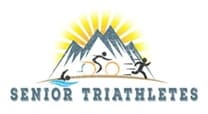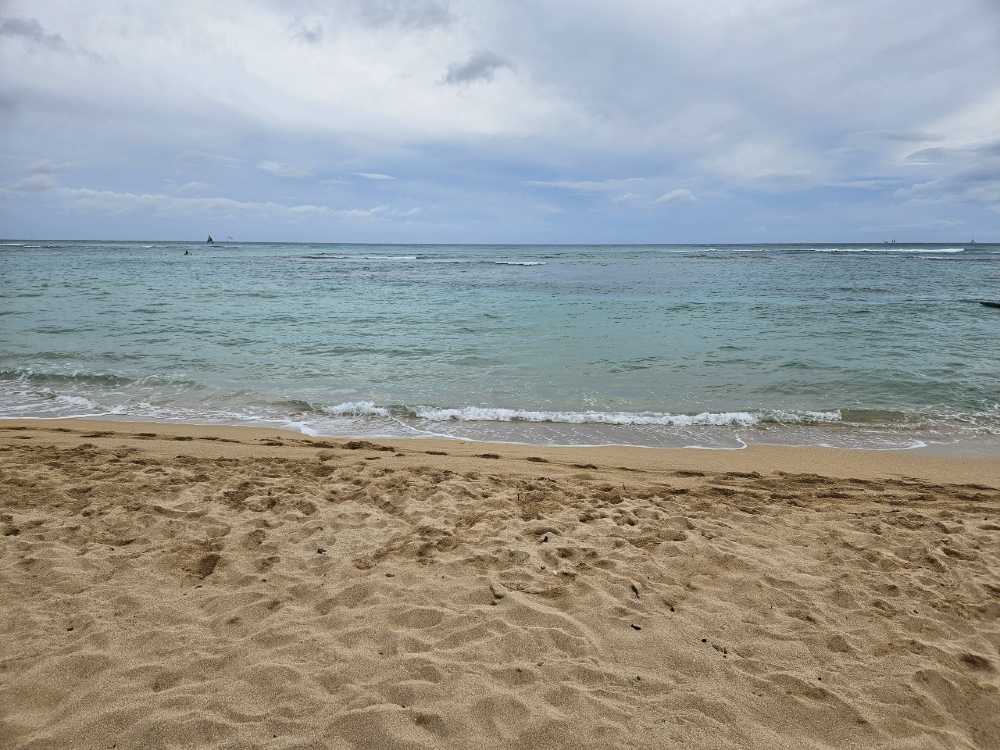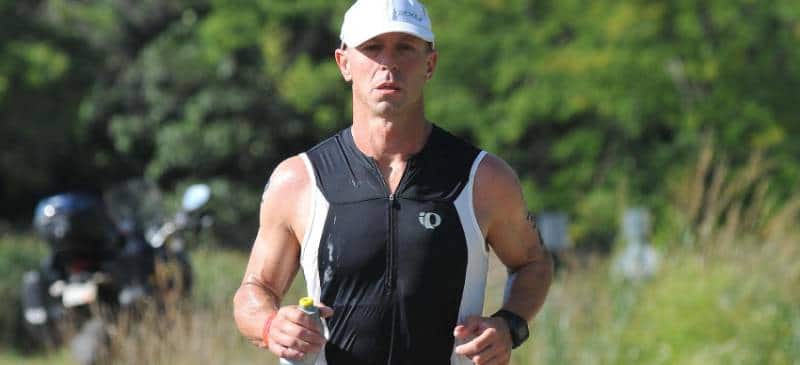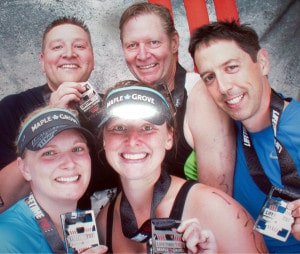Want To Travel The World? Think About The World Masters Games
Want to combine travel across the globe with triathlon? If yes, then the World Masters Games or the regional Masters Games may be for you.
About IMGA
Since 1985, the International Masters Games Association (IMGA) has served as the representative body of Masters sport across the world. Recognized by the International Olympic Committee, IMGA is a non-profit organization whose goal is to support the Olympic movement and ‘sport for all’ philosophy.
According to the IMGA website, the organization’s mission is:
“The IMGA promotes lifelong competition, friendship and understanding between mature sports people, regardless of age, gender, race, religion, or sport status. Its mission is to offer worldwide multi-sports events for mature athletes in attractive destinations, in a sustainable manner, in the spirit of ‘Sport for Life. Life without limits’.”
In fulfilling this mission, IMGA organizes and manages several international multi-sport events for Masters athletes. These include the World Masters Games and the Open Masters Series (previously called European, Asia-Pacific and Pan-American Masters Games). These games attract thousands of athletes to locations around the world.
I like the thought behind these games. Still, I was more than a little surprised to read their definition of masters athletes: age 30 and over. For some sports, the minimum age for a masters athlete is 25 years. But, this is not a deterrent to participate since competition occurs between age groups, as I will describe later in this post.
World Masters Games
The World Masters Games is the IMGA’s flagship event, normally held every four years. Dates for the next World Masters Games in Taiwan are May 17–30, 2025. Find information and registration for this event at https://imga.ch/event/world-masters-games-2025/.
Because of the COVID pandemic, they canceled the 2021 World Masters Games scheduled for Japan. The organizers have rescheduled these for 2027, two years after the Taiwan games. Then, another two years later, in 2029, the World Masters Games will take place in Perth, Australia.
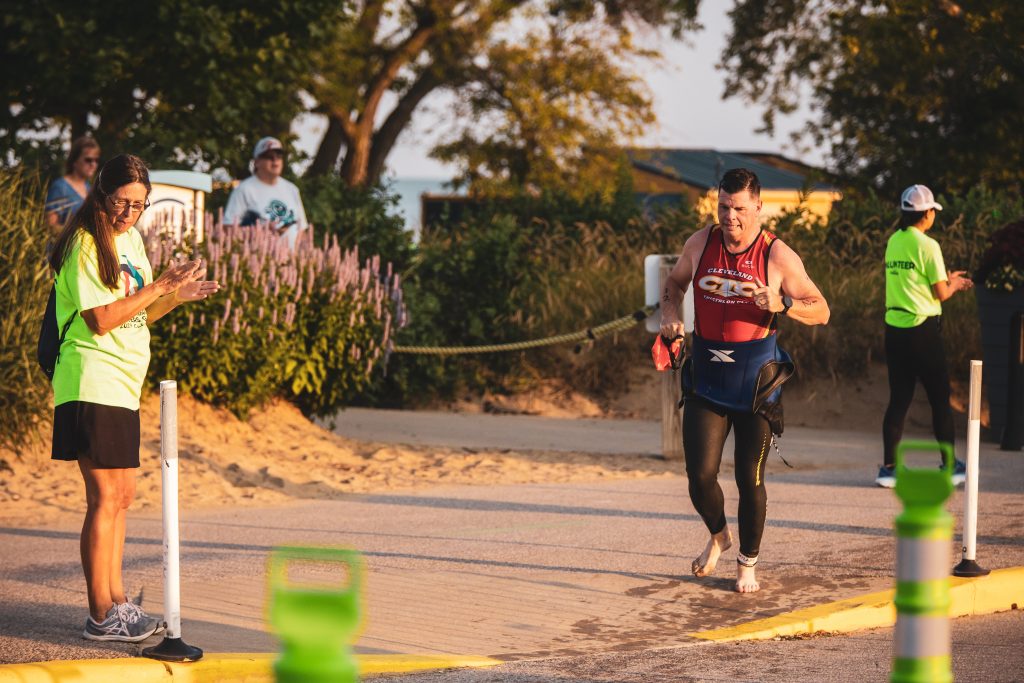
What Do The Games Look Like?
To get an idea of what these events look like, I went to the website for the 2024 Pan-American Games held earlier this year, on July 12-21, 2024, in Cleveland, Ohio. The ten-day regional event drew over 4,000 athletes from over 75 countries. Competitions included Sprint and Olympic distances of triathlon, aquabike, and duathlon events. A coed relay competition for the Sprint triathlon also took place.
While the triathlon and other multisport endurance races included small numbers of competitors—for example, 88 for the Sprint triathlon and 32 for the Olympic distance—seniors dominated the numbers. In both triathlon distance races, two-thirds of all competitors were age 50 years or older.
In What Sports Might Triathletes Be Interested?
Registration for the World Masters Games allows participation in several sports, with the line-up depending on the location of the event. Because of the global popularity of triathlon, all events I checked include both Olympic and Sprint distance triathlons. Like many other triathlons, competition occurs within gender and age groups in five-year increments. The 85+ age group is the highest for triathlon.
Triathletes may also be interested in swimming (called aquatics), biking (cycling), and running competitions. These sports are also part of most, if not all, of the Masters Games events. For the 5 km and 10 km running races, the oldest age group is the 100+ category.
A good feature of the IMGA events is that participants are not limited to a single competition. In the description of the 2025 World Masters Games, the IMGA website says, “You can pick one of the sports or even sign up in up to 3 sports and 7 disciplines.”
According to IMGA representative Kirsty van Peer’s explanation to me, sports are categories of competition, like swimming, triathlon, and running. A discipline is a specific event, such as Olympic triathlon, 800 meter freestyle swim, and 10 km race. So, for next year’s world competition, your registration would allow you to compete in up to seven races, which could include one or more multisport competitions, depending on the schedule.
Related page: Triathlon Information
How To Learn More And Stay Informed
Want to receive the latest news on IMGA events and inspiring stories about competitors? If so, join the IMGA “Sport for life” community and subscribe to their e-newsletter at https://imga.ch/subscribe-newsletter/.
You can also follow IMGA on social media at:
- Facebook (https://www.facebook.com/IMGAmasters)
- Instagram (https://www.instagram.com/imgamastersgames/)
- Twitter (https://x.com/imgamasters)
Do You Have Experience With The World Masters Games Or IMGA Regional Games?
Have you competed in IMGA games? If so, what was your experience?
What do you think about competing in Taipei in 2025?
Comments: Please note that I review all comments before they are posted. You will be notified by email when your comment is approved. Even if you do not submit a comment, you may subscribe to be notified when a comment is published.
